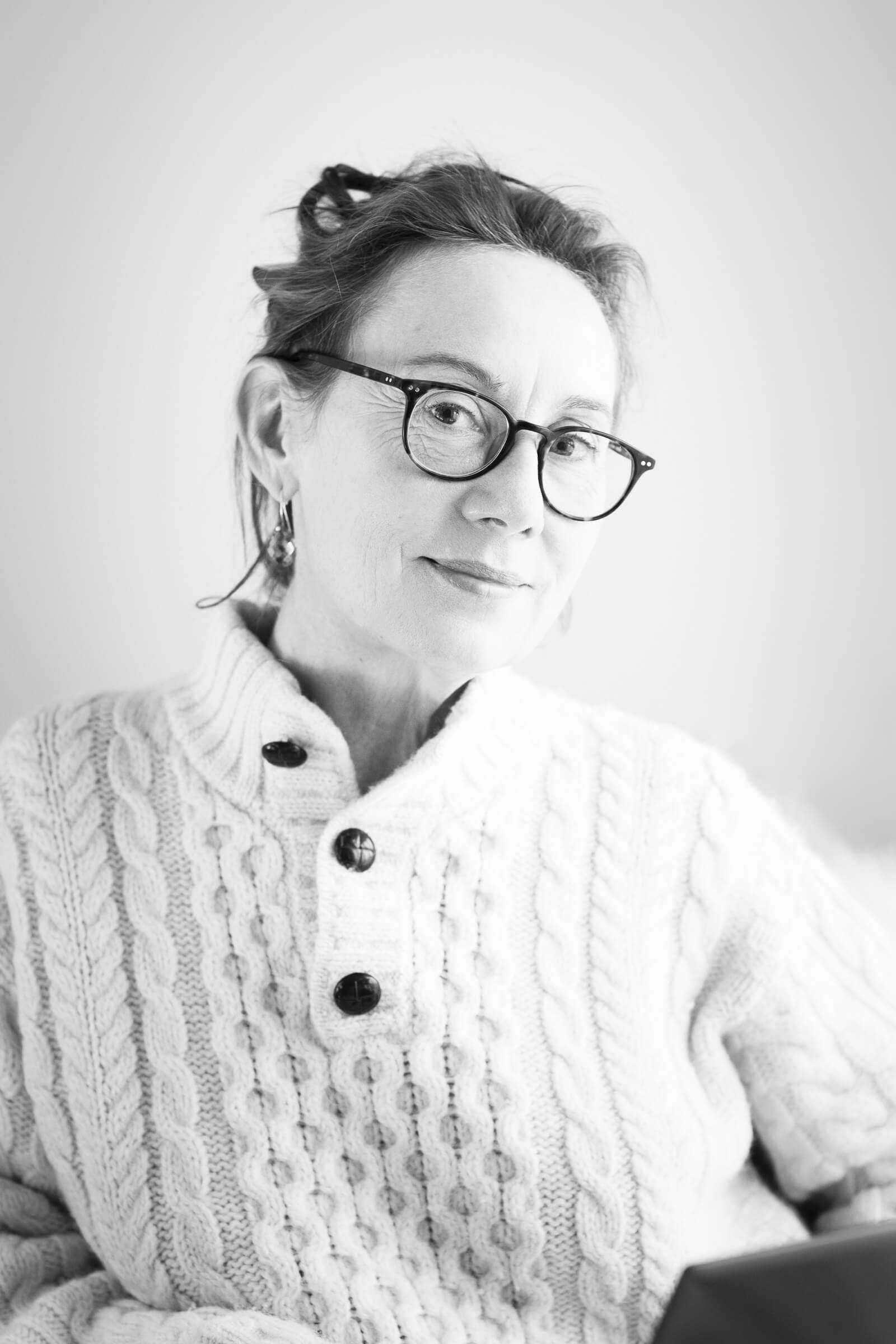Graphic designer Agnes Etienne’s journey of lifetime learning

Whether it’s through a camera lens or on a computer screen, taking a story and bringing it to life through creative design is the hallmark of Agnes Etienne’s approach to learning. She knows storytelling can deliver incredible results: studying by visualising a story from start to finish was what helped her become a successful graphic designer.
Back in the late 1980s, Agnes enrolled on a multimedia and desktop publishing course as a route to finding employment. However, she faced difficulties in maintaining learning between classes because she did not have access to a home computer.
Her solution was to memorise all the images that she would see on the classroom PC – the dialogue boxes, drop down menus and buttons – and to visualise those steps in a story so that she could recall the information and develop her skills.
“I think that experience helped me when I came to work in the field of eLearning. It made me think about how other people learn - how I can structure the learning and all the elements that people see in our courses,” said Agnes, a graphic designer based in Mintra’s office in Oslo.
“When I am designing a course, I’m thinking about bringing the story to life. I work with visualisation of course scripts: I choose photographs, create animations, and find metaphors to illustrate the topics I work with. It’s not just about presenting information but presenting information in a way that helps people to learn.
“I’ve worked on so many projects over the years that I have been with Mintra – hundreds maybe – and I’m proud of them all in different ways. Many years ago, I worked on a project for employees at a paper producing factory. I found the project meaningful because the employees, many of whom had no significant education, got certificates and learning scores, and this gave them a route to seeking further education. I knew then that our work matters.”
Agnes’ interest in the creative industries started when she was growing up in her native Poland, where she studied theatre technics and scenography at high school in Warsaw. She moved with her family to Norway in the 1980s and, after completing multimedia training courses, worked with a number of eLearning consultancies.
She knew that she had found her home when she joined Mintra in 2001, as she was immediately attracted to the family feel of the organisation. Agnes could see that Mintra was moving with the times and looking at ways to use technology to improve the learning experience, but also ensuring that people were given equal importance as software.

One of Agnes’ other passions is photography and many of her images have been used in course content, from stunning landscape shots to photographs depicting people at work.
Agnes explained: “It’s often easier for me to go and take the photographs myself as it’s not always possible to find the right kind of stock images. I’ve been able to shoot in lots of interesting locations but haven’t been able to make it offshore yet. I almost got there once: I put on the survival suit, got in the helicopter and flew, but we were not able to land on the rig because of mist. Maybe one day I’ll make it.
“I produce a lot of technical training and courses on companies’ vision and values, but those I find most interesting are the ones where I feel I am learning too. For example, Astra Zeneca is a company just about everyone knows of these days because of the Covid-19 vaccine, but a few years ago I created an eLearning course for doctors and pharmacists involved in prescribing their medicines.

“I’m also interested in learning about new trends that might affect the type of courses we produce. I think that in the future, we will use more video than we have in the past. My son works with technology that makes it possible to film people and objects in a studio with a virtual reality as a background.
“I can see this being really helpful in creating a variety of work situations – for example on board a vessel or an oil platform – without the need to actually go to the specific location. All that would be required is for someone in that location to take some photographs, and these can be used as a background with people or objects in a studio. It’s a solution that could be more time effective and cost effective, especially for bespoke courses.
“I think that asking users to do things - to pick up knowledge from other sources in order to solve tasks and exercises - could be helpful to memorise the content of our courses better, and although it’s not a new idea, I’d like to see more use of nano courses that last for 10 minutes or less. I think that learners are more engaged in short bursts of time.”
Agnes is often found behind the camera at Mintra staff events and hopes that after more than a year with no social interactions she’ll be snapping photographs of her work colleagues again soon.
“Along with a lifetime of learning, the people are what I enjoy most about Mintra. I think that our diversity is one of our key strengths as an organisation,” she said.
“I’m fascinated by the light, the sky and the clouds – I’m a cloud spotter – but people are also one of my favourite subjects, especially when they enjoy themselves. I miss taking photographs at our Christmas and summer parties and capturing smiles.
“I think all people are beautiful when they communicate with each other and enjoy being together. My colleagues tell me that they enjoy my photos, as they help them to recollect and relive moments they have enjoyed so much. Photographs are basically a memory catcher.”
Insights & News
At Mintra, we're so much more than just a team—we're a force driving innovation and excellence in maritime training across Europe.
We’re excited to be taking the stage at one of Europe’s leading showcases of organisational learning.
We are delighted to share the exciting news that our People and Culture team has been shortlisted for the prestigious cHeRries Awards!